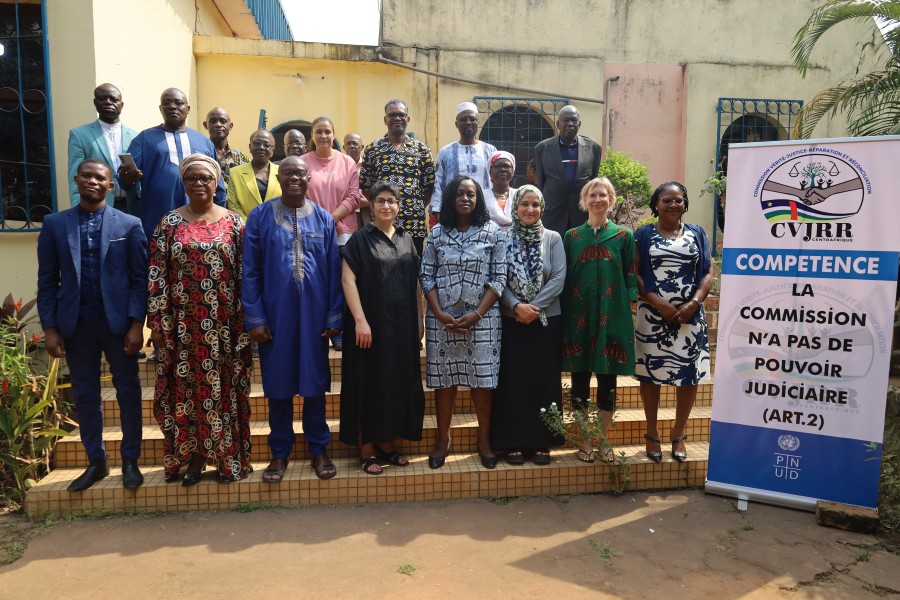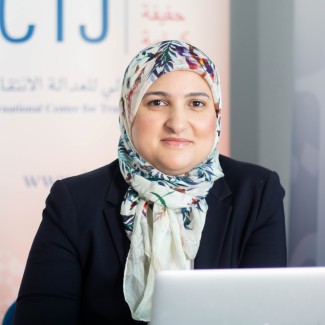In 2021, the Central African Republic created the Truth, Justice, Reparation and Reconciliation Commission (CVJRR) to establish the truth, pursue justice, and restore victims’ dignity, with a view to ultimately achieving national reconciliation. In this fragile country, battered by successive episodes of violence, justice, in its broadest sense, has always been and remains a lifelong demand of victims. After a lengthy operationalization phase, the CVJRR is now finally getting ready to start registering and hearing victims’ testimonies. The first step in this process is statement taking, which requires taking several key factors into account to be successful.
While statement taking is usually the first phase of a truth commission’s operations, it also represents the core of its work. Indeed, the information extracted from the statements of victims, witnesses, and perpetrators often form the basis of the commission’s analysis, conclusions, and recommendations, which it presents in its final report. This information helps a commission corroborate versions of events, identify patterns of violations, and potentially create a single registry of victims.
The CVJRR is no exception. ICTJ and its partner UNDP spent months collaborating with the commissioners to finalize the statement-taking form. With the form recently complete, it was crucial to practically assess the form through a pilot phase. To this end, ICTJ and UNDP co-organized a training simulation exercise and pilot in the capital, Bangui, the week of January 8, 2024. At the training, transitional justice experts, including Marion Volkmann and from ICTJ Didier Gbery, Salwa El Gantri, and myself, guided the CVJRR commissioners, victims, civil society representatives, and other experts through the exercise and pilot. The participants provided important feedback, which has already been integrated into the statement-taking process, making it all the more harmonious, gender sensitive, and context specific. Most importantly, the form does not create unrealistic expectations among victims, especially since the law establishing the CVJRR did not provide for interim reparative measures.
After giving their testimonies during the pilot, most victims expressed how relieved they felt. One male victim initially questioned whether the CVJRR was working; but, after he participated in the pilot and told his story, he said he understood. Meanwhile, a female victim and leader of a victims’ group, asserted that the “commissioners are there for us. We have to help them. We are here to bridge the gap with victims. We understand the commission is facing financial and recruitment obstacles, we can at least voluntarily help during the registration phase.”
The success of any statement taking process, however, does not depend solely on the form. Thus, the training’s working sessions tackled other critical elements, notably, the mapping of human rights violations and selection of emblematic cases, information management and analysis, gender mainstreaming, public outreach and public engagement, and of course mental health and psychosocial support.
The CVJRR still has a long way to go. In a fragile and insecure county like the Central African Republic, where it is very difficult to operate on the ground, the obstacles are huge. The CVJRR needs support, such as technical assistance it received at the training, to deliver long-awaited justice to victims. The pursuit of truth is not only a right, but it can also be a form of reparations.
_______
PHOTO: CVJRR commissioners, UNDP staff, and ICTJ experts pause for a group photo on January 8, 2024, at the opening of the training in Bangui. (CVJRR)

